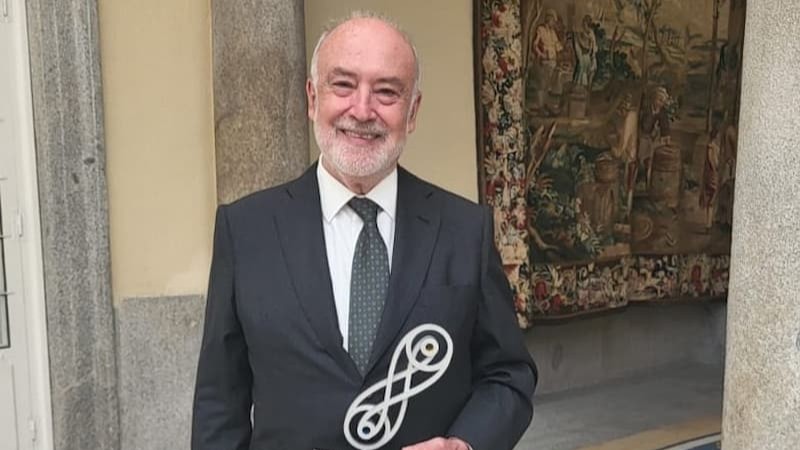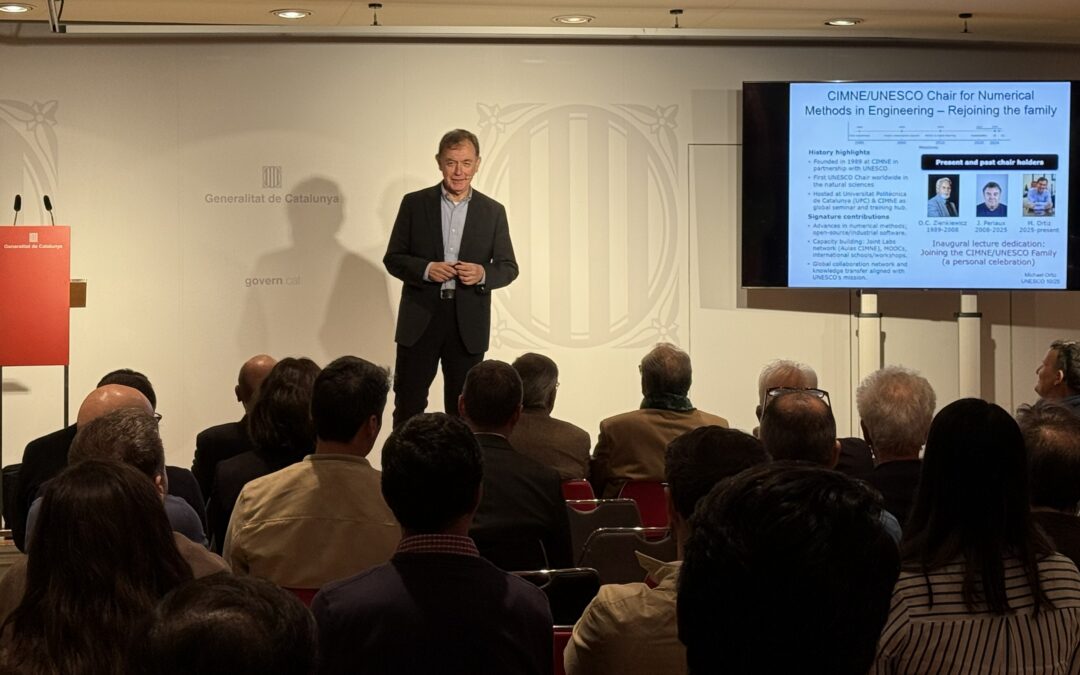At the end of May 2022 has finished the EKATE project, an EU-funded project by ERDF funds within the Interreg POCTEFA programme coordinated by ESTIA. CIMNE has participated in this project which consisted in the investigation for the management of Photovoltaic Electric Energy in the cross-border area France-Spain, by using Blockchain and Internet of things (IOT) technologies.
EKATE intends to position the POCTEFA perimeter (the border territory between Spain, France and Andorra) as a reference in technologies for shared self-consumption, by demonstrating and developing efficient and intelligent electrical energy management services through the generation of photovoltaic renewable energy and shared self-consumption.
Taking advantage of the existence of a legal framework for shared self-consumption, the main results will be the implementation of innovative technologies in two pilot installations for shared self-consumption and the development of new business models that will serve as a reference for the new photovoltaic installations (PV), which are expected to be numerous in the coming years in the POCTEFA perimeter.
Izarbel pilot/demonstrator action
One of the two pilot actions of the project is located in the Izarbel technology park, in Bidart (France).
This collective self-consumption demonstrator refers to the ESTIA1, ESTIA2 and ESTIA4 buildings. All PV production comes from ESTIA1 (117 kWp). The consumption of this production is distributed among the three buildings.

Tecsol ICT devices have been connected to the three smart consumption meters in these buildings and to the production meter in ESTIA1. Tecsol's ICTs allow the data from the meters to be retrieved and communicated through the LoRa network.
The data of the power produced and consumed have been used to test the three possible types of PV energy sharing according to the regulatory framework on self-consumption in France:
- Static: The partition coefficients are fixed.
- Dynamic personalized: the distribution is carried out according to the rules established by the organizing entity of the shared self-consumption. In the case of the Izarbel demonstrator, consumption in ESTIA1 has been defined as a priority, since the production is discharged into the same electrical network, that of ESTIA1, and therefore no tax is paid. The excess production is supplied to ESTIA2 and then to ESTIA4.
- Dynamic by default: the distribution is variable and automatically calculated by Enedis (distribution network operator in France) in proportion to the consumption of each participant.
To maximize the rate of self-consumption and, as far as possible, minimize consumption, two Energy Management Systems (EMS) have been designed and developed for the ESTIA2 building. The first is based on the application of simple rules (rule-based EMS, RB-EMS). The second is an intelligent EMS, based on artificial intelligence and optimization. To achieve their goals, EMS acts on 2 Flexible Loads (FL):
- The Heating, Ventilation and Air Conditioning (HVAC) system, adapting the temperature setpoint and the ON/OFF status of the internal units of that HVAC.
- The behavior of ESTIA2 users, which influences electricity consumption related to lighting, charging mobile phones and laptops, etc.
The RB-EMS acts in real time, with the data available at the moment, without prediction. In order to retrieve the necessary data for the EMS and to be able to act on the 2 mentioned FLs, several IoT components have been installed in ESTIA2: meters in each external group of the HVAC, gateways to communicate with the KNX bus and the Daikin DIII-net bus, API to retrieve weather data, communication systems and devices to influence ESTIA2 users, etc. A database, all EMS APIs and algorithms have been installed on a Rasberry Pi card.
For smart EMS, AI-based prediction models (in particular, Neural Networks) of ESTIA2 consumption and ESTIA1 PV production have been developed and validated. In addition, in order to identify the thermal behavior model of ESTIA2 and its HVAC, building excitation tests have been carried out by varying the temperature setpoints and the ON/OFF states of the internal HVAC units.
All these models will be used to optimize the global self-consumption rate of the perimeter of the shared self-consumption and the energy efficiency of ESTIA2.









